Have you ever watched your cat dash across the living room, eyes wide, tail bushy, as if chasing invisible prey? There’s something magical about letting a cat roam freely indoors. For many cat lovers, it’s a daily joy—and sometimes a wild adventure. But what really happens when you give your furry friend the freedom to explore every nook and cranny of your home? The answers might surprise you, inspire you, or even make you laugh out loud. Let’s take a journey into the secret life of the indoor free-roaming cat.
The Spark of Curiosity: Awakening Their Inner Explorer

Cats are naturally curious creatures. When allowed to free-roam indoors, their curiosity ignites like a spark in dry grass. Every room, cupboard, and shelf becomes a new land to conquer. You might find your cat perched on top of the fridge one moment, then squeezing into an impossibly small box the next. These explorations aren’t just about fun—they’re essential for mental stimulation and building confidence. The more territory they can explore, the happier they seem. It’s like living in a brand new world every day, and for a cat, nothing could be more exciting.
Safe from Outdoor Dangers: A Protective Bubble

Granting your cat the run of your home keeps them safe from countless outdoor threats. Cars, predators, toxins, and diseases all lurk outside, but indoors, your cat is in a protective bubble. You don’t have to worry about them disappearing or getting into fights with neighborhood animals. Many cat owners sleep better knowing their beloved friend is just a room away, curled up safely on the couch. The peace of mind that comes with an indoor-only life is priceless for many families.
Furniture as Jungle Gyms: Creative Playgrounds Everywhere
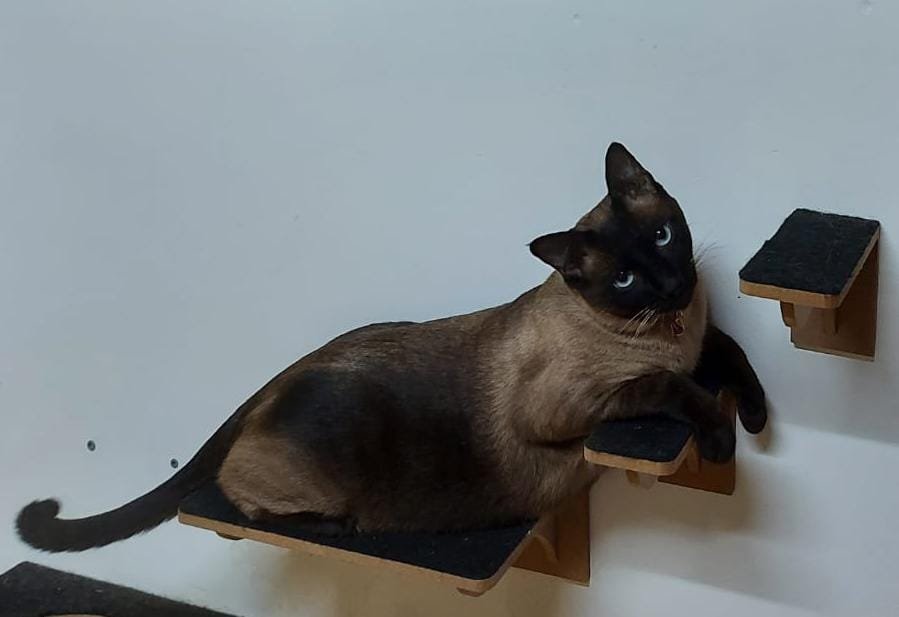
Let a cat free-roam indoors, and suddenly your furniture becomes their personal jungle gym. Sofas, tables, bookshelves, and even curtain rods turn into climbing challenges. This active play helps burn off energy and keeps muscles toned. Of course, it also means you might need to rescue a vase or two from impending disaster. Sometimes, it feels like living with a tiny, agile acrobat who’s always rehearsing for their next big performance. The upside? You get front-row seats to a show that never gets old.
Bonding Moments: Building Trust and Friendship
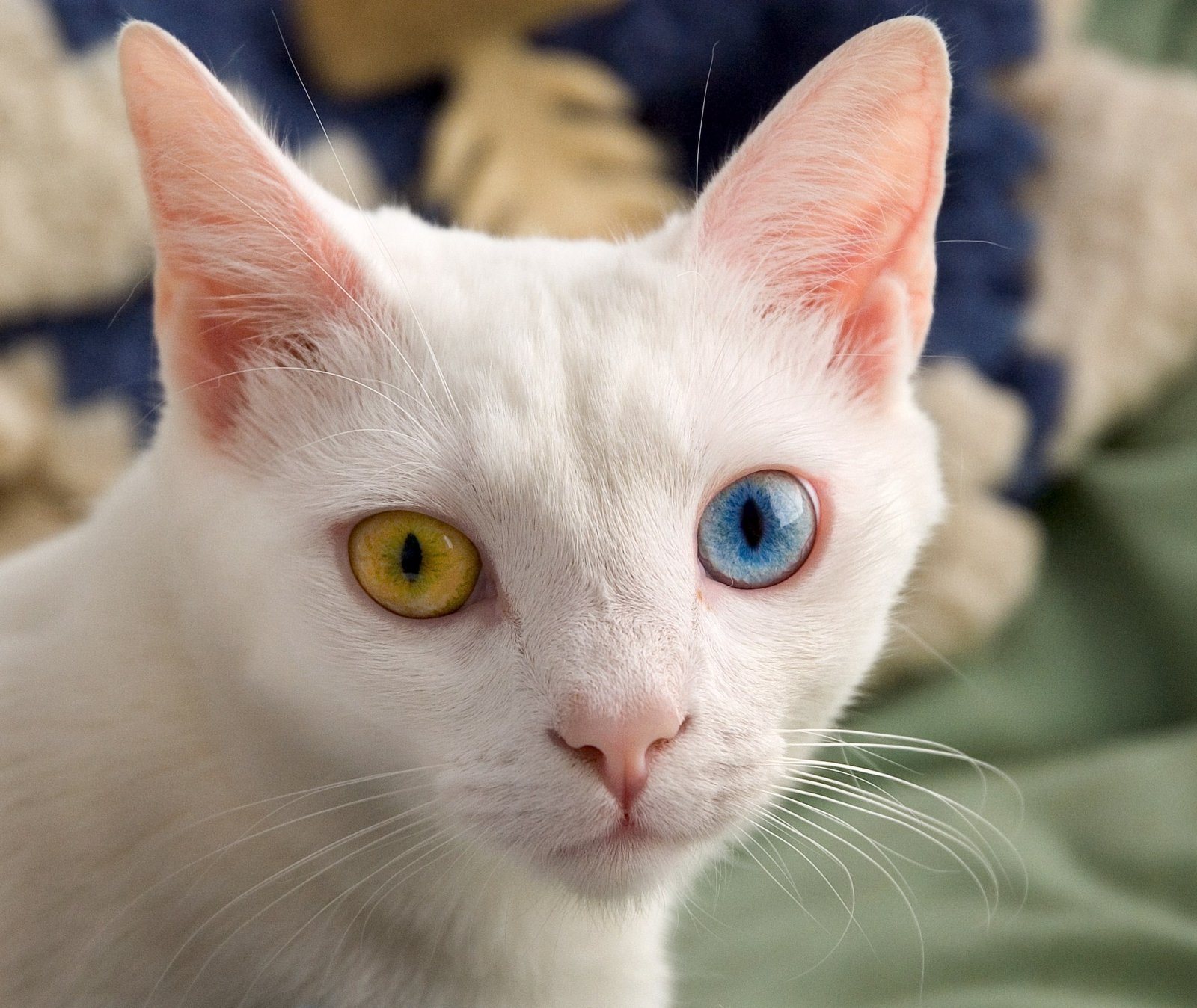
When your cat has the freedom to roam, they often seek you out on their own terms. These spontaneous visits—like a warm lap nap or a gentle headbutt—create genuine bonding moments. Unlike caged or confined cats, free-roaming indoor cats can choose when and how to interact. This freedom fosters trust and deepens your friendship. Over time, you might notice your cat becoming more affectionate and confident, turning your home into a shared sanctuary.
Healthier Habits: Encouraging Natural Behaviors

Free-roaming encourages cats to express their natural behaviors. Scratching, climbing, chasing, and even hunting (toy mice, of course!) become part of their daily routine. These activities keep their minds sharp and bodies agile. It also helps prevent obesity and boredom-related mischief. If you’ve ever watched a cat stalk a feather toy with laser focus, you know how important it is for their well-being. Your living room might look a little wild, but your cat is thriving.
Litter Box Success: Fewer Accidents, Happier Cats

Indoor free-roamers often have fewer litter box accidents. With easy access to their litter area, they’re more likely to use it consistently. This reduces unwanted messes and keeps your home clean. Cats appreciate the ability to choose their preferred spot when nature calls, and you benefit from a more harmonious household. Some owners set up multiple litter boxes, making it even easier for their cat to find the right place at the right time.
Shedding and Cleaning: The Flip Side of Freedom

There’s no sugarcoating it: free-roaming cats shed everywhere. From your bedspread to your favorite black sweater, cat hair becomes a part of daily life. You might notice more furballs in the corners or find yourself vacuuming more often. That’s the price you pay for a happy, active cat. While it can be a bit annoying, most cat owners agree that those little tufts of fur are worth the joy their feline brings.
Minimizing Stress: A Calmer, Happier Cat

Indoor roaming can lead to a calmer, less stressed cat. Confined cats sometimes develop anxiety or destructive habits. But with the freedom to patrol their territory, stretch out in sunbeams, and retreat to quiet hiding spots, your cat is more likely to feel secure. They set their own pace and respond to their own needs, which can lead to fewer behavioral issues and a more peaceful home environment.
Socialization Skills: Learning to Share Space

If you have more than one cat, free-roaming indoors helps them develop important social skills. They learn to share territory, negotiate boundaries, and communicate with each other. Playful chases, gentle grooming, and even the occasional spat are all part of the process. Over time, your cats will develop a social order and find their own ways to coexist. This can be both entertaining and heartwarming to witness.
Sleep Patterns: Cat Naps Everywhere

One of the joys of letting your cat free-roam indoors is discovering all the unexpected places they choose for naps. From the top of the bookshelf to a sunny spot on the windowsill, your cat will seek out the coziest corners for their famous cat naps. Having the freedom to choose where they sleep helps them feel safe and secure. It’s not unusual to find your cat snoozing in a different spot each day, turning your home into a giant, ever-changing bed.
The Joy of Window Watching: Safe Entertainment
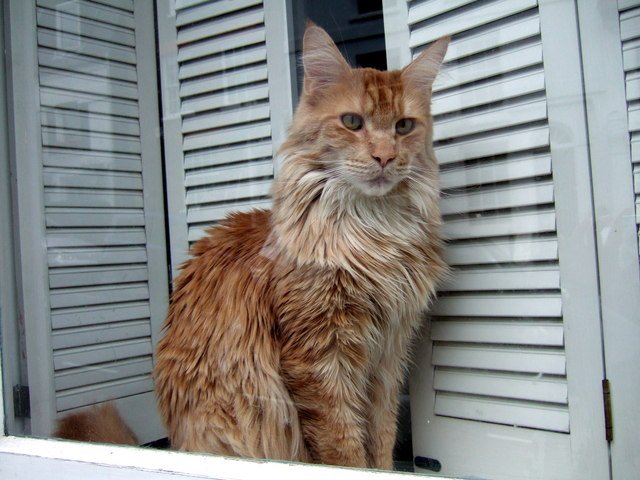
Indoor cats with access to windows become avid bird-watchers and neighborhood observers. They can spend hours perched on a sill, mesmerized by fluttering birds, passing cars, or the occasional squirrel. This “cat TV” is endlessly entertaining for them and helps satisfy their hunting instincts without any risk. Adding a comfy perch or a cat tree near a window can transform an ordinary view into a daily adventure for your feline friend.
Temperature Control: Comfort in Every Season

One major perk of indoor free-roaming is climate control. Your cat never has to shiver in the cold or pant in the heat. They can seek out warm spots in winter—like snuggling by a heater or under a blanket—or cool tile floors in summer. Being able to move freely means your cat can always find their perfect comfort zone, making life indoors cozy and pleasant no matter the weather outside.
Reduced Exposure to Illness: A Healthier Life
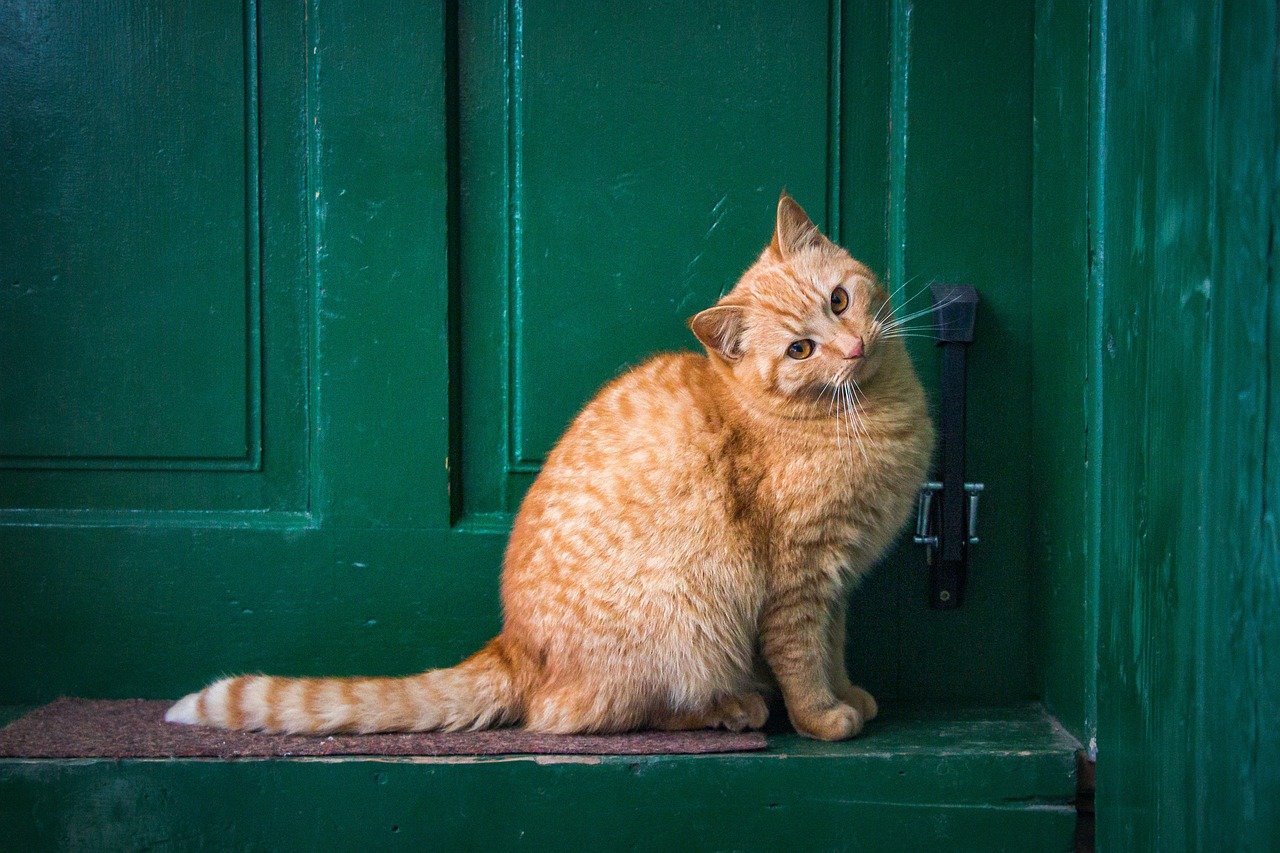
Indoor cats are less likely to be exposed to infectious diseases, parasites, and harmful chemicals. By staying inside, they avoid contact with stray animals, contaminated water, and dangerous plants. Many veterinarians agree that indoor-only cats tend to live longer, healthier lives. This doesn’t mean they’re immune to illness, but their risk of catching something serious is dramatically lower.
Unleashing the Zoomies: Midnight Madness

Let’s be honest—every cat owner has been startled awake by the sound of thundering paws racing through the house at midnight. Indoor cats often get sudden bursts of energy, known as the “zoomies.” With the freedom to run, jump, and play at any hour, your cat can satisfy these wild urges. While it might be a little disruptive, watching your cat zoom around like a furry tornado is one of life’s simple pleasures.
Enrichment and Entertainment: Keeping Boredom at Bay

Free-roaming cats need stimulation to stay happy. Toys, scratching posts, climbing trees, and interactive play sessions keep them engaged. Rotating their toys or hiding treats around the house can add excitement to their daily routine. A well-enriched environment not only entertains your cat but also helps prevent destructive behavior. Think of it as building a playground for your best friend—a small investment with huge rewards.
Training Opportunities: Teaching Good Habits

When your cat has access to the whole house, you can take advantage of teachable moments. Training your cat to use scratching posts instead of the couch, or to stay off certain counters, becomes part of your daily interactions. Positive reinforcement—like treats and praise—can help shape their behavior. Over time, your cat learns the house rules, making life together smoother and more enjoyable.
The Thrill of Hide and Seek: Feline Hideaways
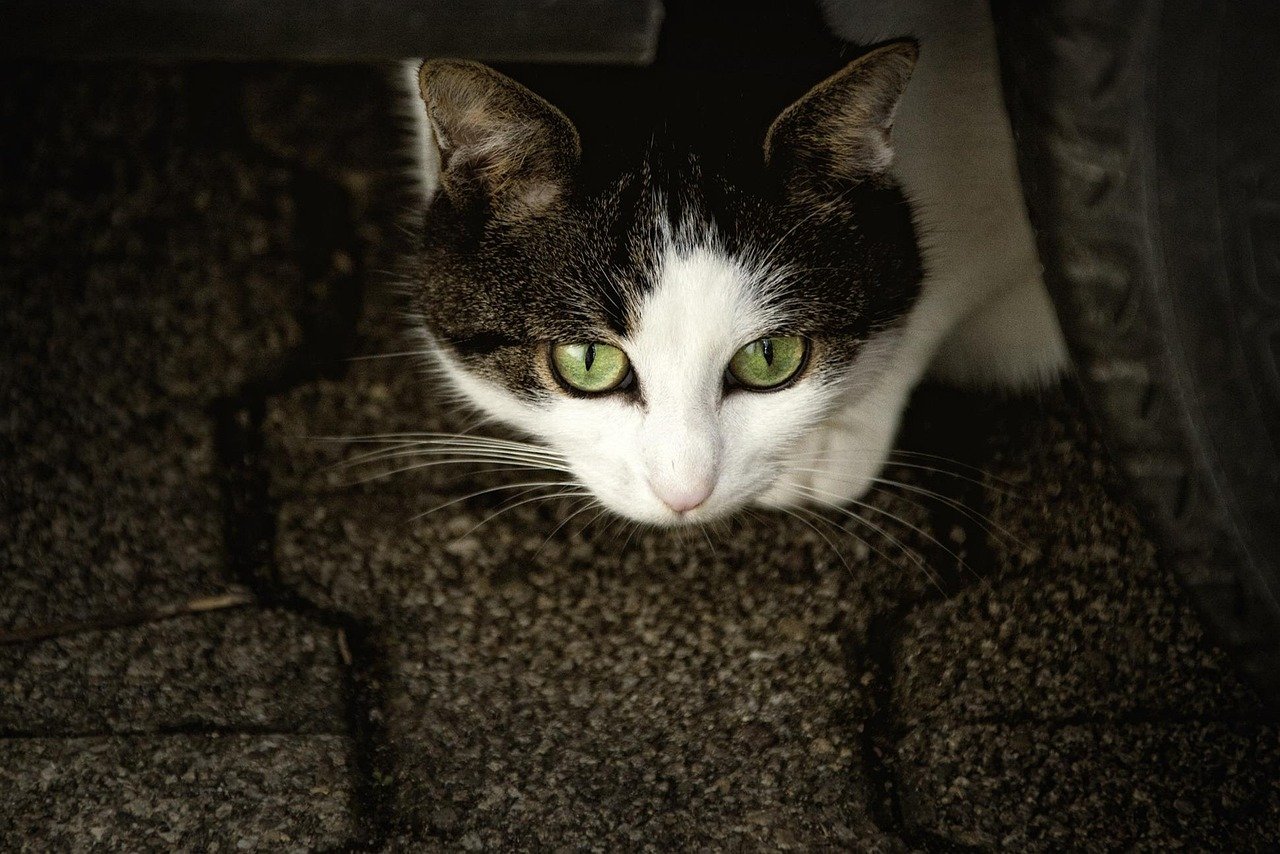
Cats adore hiding spots. Whether it’s a cardboard box, a closet, or under the bed, these secret spaces offer comfort and security. Free-roaming allows your cat to choose their favorite hideaways, which can help reduce stress and provide a safe retreat when they need alone time. It’s not just cute—it’s essential for their well-being. Sometimes, you might spend a few minutes searching for them, only to find them curled up in the most unexpected place.
Vocalization and Communication: Expressing Themselves

With more territory to patrol, cats often become more vocal and expressive. You might notice new meows, chirps, or trills as they communicate about discoveries or ask for attention. Some cats will “talk” to you as they wander, narrating their adventures or demanding treats. This increased communication can deepen your bond, making your home feel even more alive with personality.
Personal Space: Respecting Boundaries

Just like people, cats need their personal space. Free-roaming lets them decide when they want to be near you and when they prefer solitude. Respecting these boundaries helps build trust and reduces stress for both of you. You’ll learn to read their signals—like a flick of the tail or a slow blink—that say, “I need a break.” Giving your cat the freedom to choose makes your relationship more harmonious.
Observing Personality Flourish: Unique Quirks Emerge

Every cat has a unique personality, and giving them the freedom to roam allows these quirks to shine. Some might become bold explorers, while others prefer quiet observation. You’ll notice preferences for certain toys, napping spots, or even food dishes. Watching your cat’s character develop is endlessly rewarding. It’s like getting to know a new friend all over again, every single day.
The Joy of a Cat-Filled Home: A Life Enriched
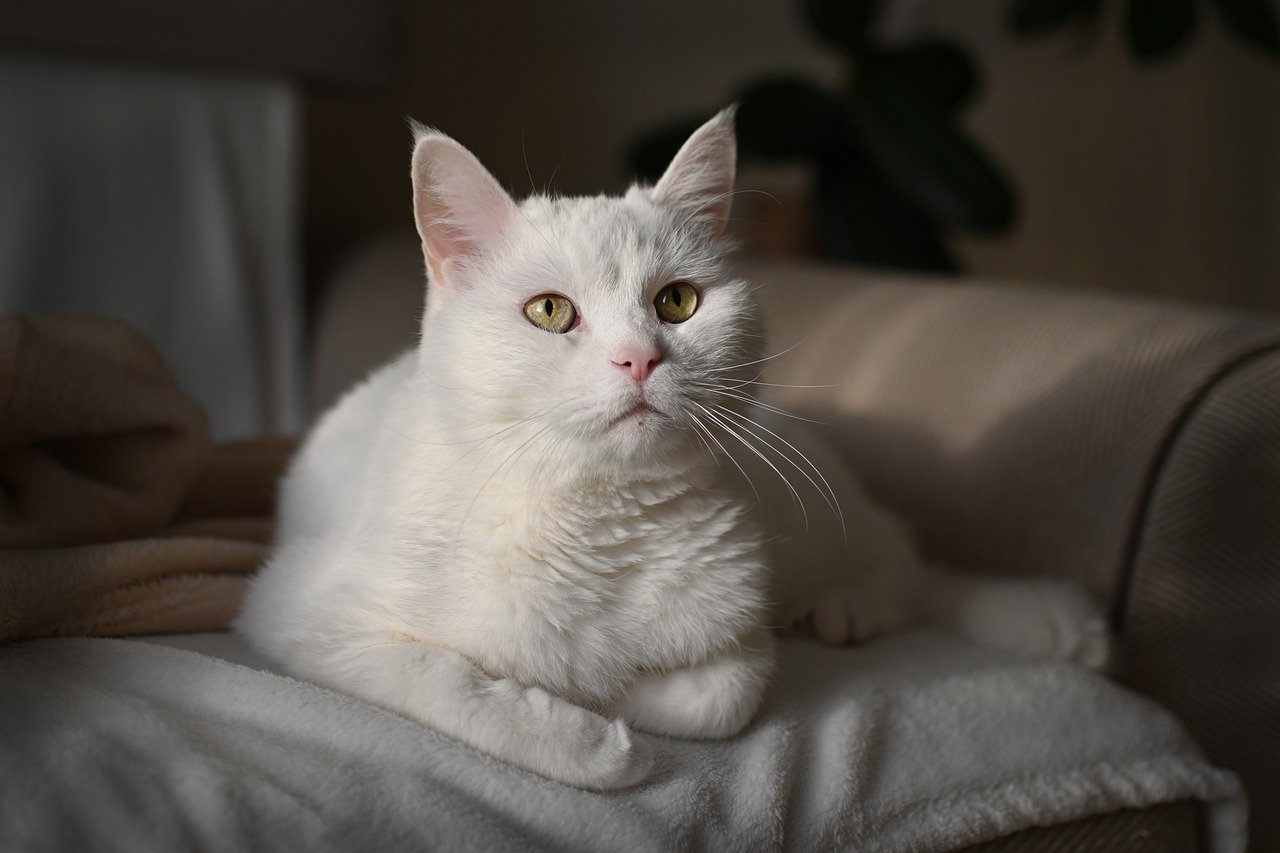
Letting your cat free-roam indoors transforms your house into a living, breathing playground. The laughter, comfort, and companionship they bring fill your days with light. Every room becomes a shared space, filled with memories and moments that make life a little brighter. For many, the pitter-patter of paws is the sound of home itself. Having a cat who’s free to be themselves indoors is a privilege that brings endless joy, surprises, and, yes, the occasional toppled plant.
Hi, I’m Bola, a passionate writer and creative strategist with a knack for crafting compelling content that educates, inspires, and connects. Over the years, I’ve honed my skills across various writing fields, including content creation, copywriting, online course development, and video scriptwriting.
When I’m not at my desk, you’ll find me exploring new ideas, reading books, or brainstorming creative ways to solve challenges. I believe that words have the power to transform, and I’m here to help you leverage that power for success.
Thanks for stopping by, Keep coming to this website to checkout new articles form me. You’d always love it!






